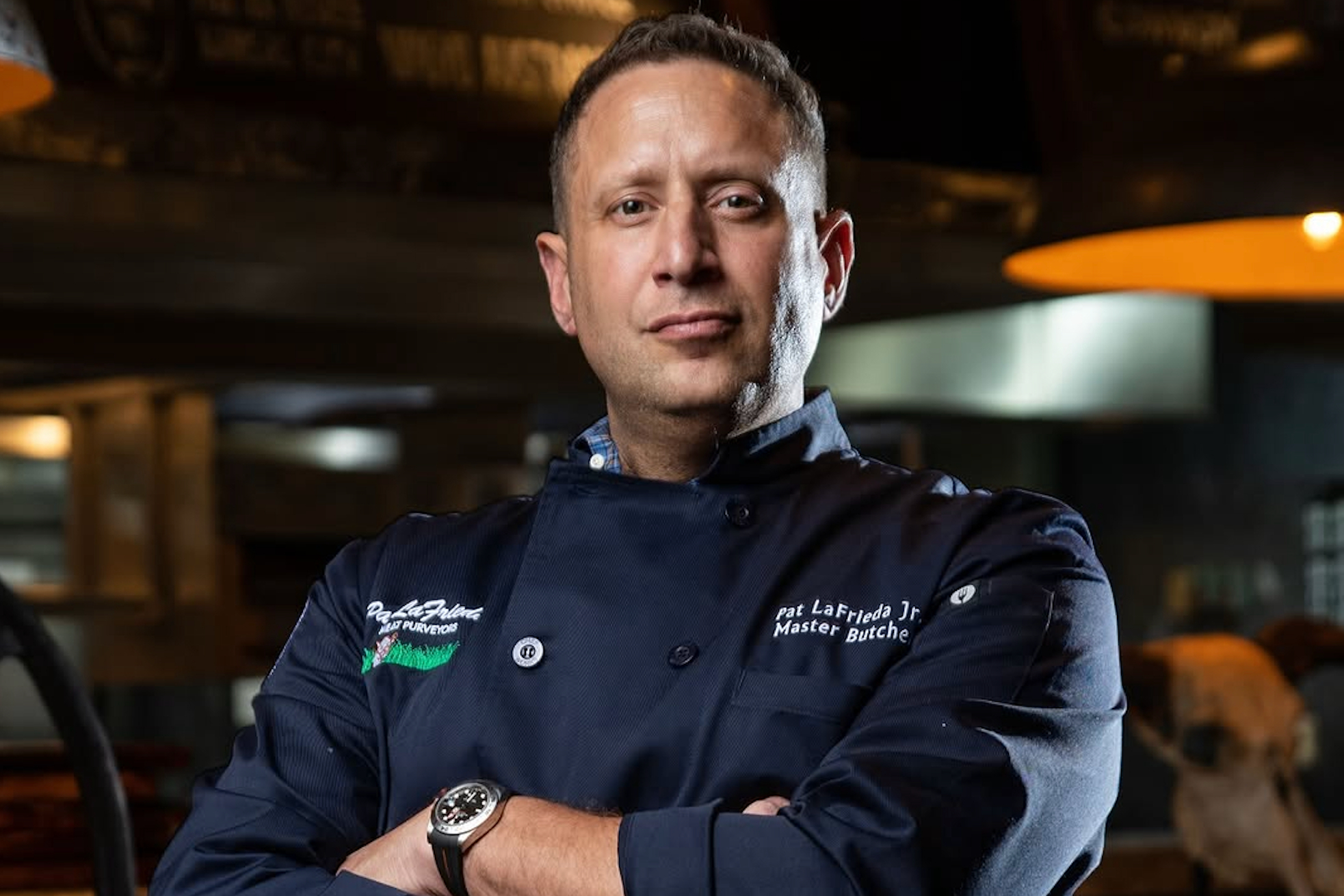Marbled with intense beefy flavor, ribeye steak is one of the most popular beef cuts. However, not all ribeyes are created equal. Enter Pat LaFrieda, the master butcher behind some of New York’s most famous restaurants and steakhouses (Minetta Tavern, Shake Shack’s original blend). Recently, LaFrieda has made a steakhouse exclusive available directly to consumers — The Mishima Reserve Ultra Grade American Wagyu Boneless Ribeye. We interviewed the master butcher to learn all about ribeye steak and the best ways to source and enjoy this iconic cut.
What is Mishima Reserve Wagyu?

USDA Prime is often the highest grade at most steakhouses, but when it comes to Wagyu, the level of marbling and tenderness can often be higher. For those who have tried Japanese Wagyu, particularly A5 Wagyu, the experience is unique. Incredibly soft, the beef melts instantly without any resistance. But for some, A5 can taste relatively mild in terms of beef flavor. Because A5 is so rich, it’s often served in smaller portions instead of the larger steak cuts that are iconic to the American steakhouse experience.
A cross between Kuroge Washu bulls and Angus steers, one glance at a Mishima Reserve ribeye steak and the excellent marbling is easily visible. “The cross between Japanese Kuroge Washu bulls and American Angus steers is intentional,” explains LaFrieda. “It produces a beef that combines the refined marbling and tenderness of Wagyu with the rich, beefy flavor that Angus is known for. It doesn’t lose its identity as beef. It’s the kind of meat that elevates the entire dining experience.”
A key factor in the flavor that separates these ribeyes from others is the amount of time given to the animals’ growth. Mishima Reserve is sourced from small farms in the Pacific Northwest and pasture-raised before being placed on a proprietary grain program for 350 to 500 days (much longer than the American industry standard). Time means the animals have a chance to produce richer, natural flavor. “It’s not just about fat, it’s about the quality and distribution of that fat, which creates a buttery texture and deep flavor,” explains LaFrieda. “That kind of commitment to time and care is what sets this beef apart.”
How to cook Mishima ribeye

When it comes to cooking steaks, there are countless marinades and preparation methods. But for the highest quality beef, the less the cook adds, the better the result. Put plainly, simple is best when it comes to beef of this caliber. Put down the marinade and A1 sauce if you plan on enjoying a Mishima Reserve ribeye.
“I season generously with kosher salt and freshly cracked black pepper,” says LaFrieda. “That’s it. Let the steak come to room temperature before cooking, then sear it hard, whether it’s on cast iron or over an open flame. I cook to medium rare, pulling it off the heat around 125 Fahrenheit internal, then let it rest for 10 minutes. And always slice against the grain. That last step is critical to preserving tenderness. If you respect the product, it’ll reward you every time.”




